When purchasing solar modules from Asia, you need to be aware of a range of different conditions and regulations specifying under which circumstances these electronic devices can be imported into and operated in your target country.
Apart from the certification requirements to legally import, operate and eventually claim subsidies for your modules, you should also pay attention to the specific customs regulations, especially in the case of import tariffs.
As China has in the past years become the world’s main manufacturing and exporting base of solar PV modules, this did not only heavily bring down prices, but also lead to the downfall and nearly total bankruptcy of solar module manufacturing in the Western hemisphere.
In this introduction, we will have a look at the background about solar anti dumping and review the regulations of selected major solar module import countries and regions.
Solar anti dumping cases
These bankruptcies since 2012 triggered solar anti dumping investigations, resulting in the imposition of import tariffs on Chinese-made solar modules as a means and hope to balance the market and protect Western producers. But not only Chinese modules have been targeted…
Other countries and regions started to follow, the overall dispute having resulted into a cycle of tit-for-tat sanctions on either side even involving other industry sectors. Furthermore, the disputes resulted in the inclusion of other Asian countries and regions into tariff black lists.
The import tariffs significantly impacted business of distributors, project investors and installers that for years benefited from the competitive prices of modules mainly from China, certainly boosting solar PV electricity generation in many parts of the world.
Now in 2015, is it still possible to benefit from the good price/ quality ratios of Asian-made solar modules? What do you need to know as an importer?
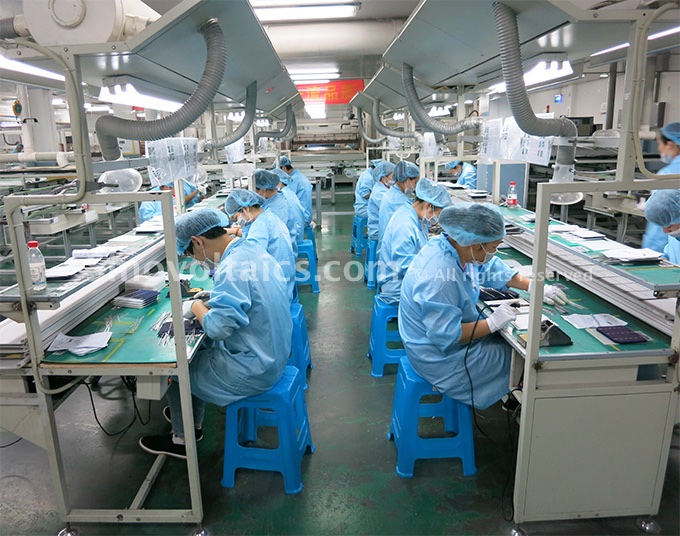
Chinese solar panel factory: this is where most of the PV modules sold and installed are coming from
USA import duties
The USA was the first to impose punitive tariffs on China-made solar modules in 2012 following a complaint by German Solarworld.
The import duties are targeted against specific companies, with China-based Trina Solar and ReneSola, Jinko for example being penalized with duties of 26.71% and 78.42%, respectively, while other manufacturers not in the list facing duties in the 3digit percentage range. Furthermore, anti-subsidy rates on solar products from China were imposed, ranging from 27.64% to 49.79%.
In case you are from the USA and consider importing from China, you can find a list at the U.S. Department of Commerce to see whether your manufacturer of choice is on the list.
EU import duties
Following complaints lead by (again) German Solarworld and has triggered a war of heavy words on both the EU and Chinese sides, the EU slammed Chinese solar module manufacturers in 2013 with punitive tariffs in the framework of a “join or pay more” tariff model.
What is that model about?
Solar manufacturers are expected to agree to the EU’s minimum import price (MIP) agreement and maximum annual import quota cap, otherwise higher duties to non-complying manufacturers would apply.
The MIP had in the past 2 years been changed back and forth from 0.56 Euro/Wp to 0.53 Euro/Wp and now in 2015 back to 0.56 Euro/Wp following the declining exchange rate of the Euro.
Australian importers
Australian importers can breathe a sign of relief, there are no duties on solar module imports. Though, for some time, there were discussions about these…
The Australian anti-dumping commission had been investigating on punitive tariffs on solar modules made in China after a domestic solar company lodged a complaint in May 2014.
Although having determined that the largest Chinese players in Australia dumped their modules, Australia’s anti-dumping commission though decided in April 2015 to terminate its investigation as the dumping margins were too low and damage caused by low-price Chinese solar modules minimal.
Well, and there is of course a good Sino-Australian relationship and… not much of manufacturing alternatives in Australia…
Team SINOVOLTAICS’ quick tip:
Get acquainted with the latest customs duties and – if applicable – anti-dumping duties in your country/ region before starting to search for suitable manufacturers and import solar modules.
Avoid mistakes not only in terms of quality, warranty or certification, but also in terms of ignorance about import duties. Carefully choose your prospective manufacturer, but also understand if it is affected by duties, allowing you to consider other worthy alternatives…
For more, check out our FREE Guide “Top10 Mistakes To Avoid When Buying Solar Panels“

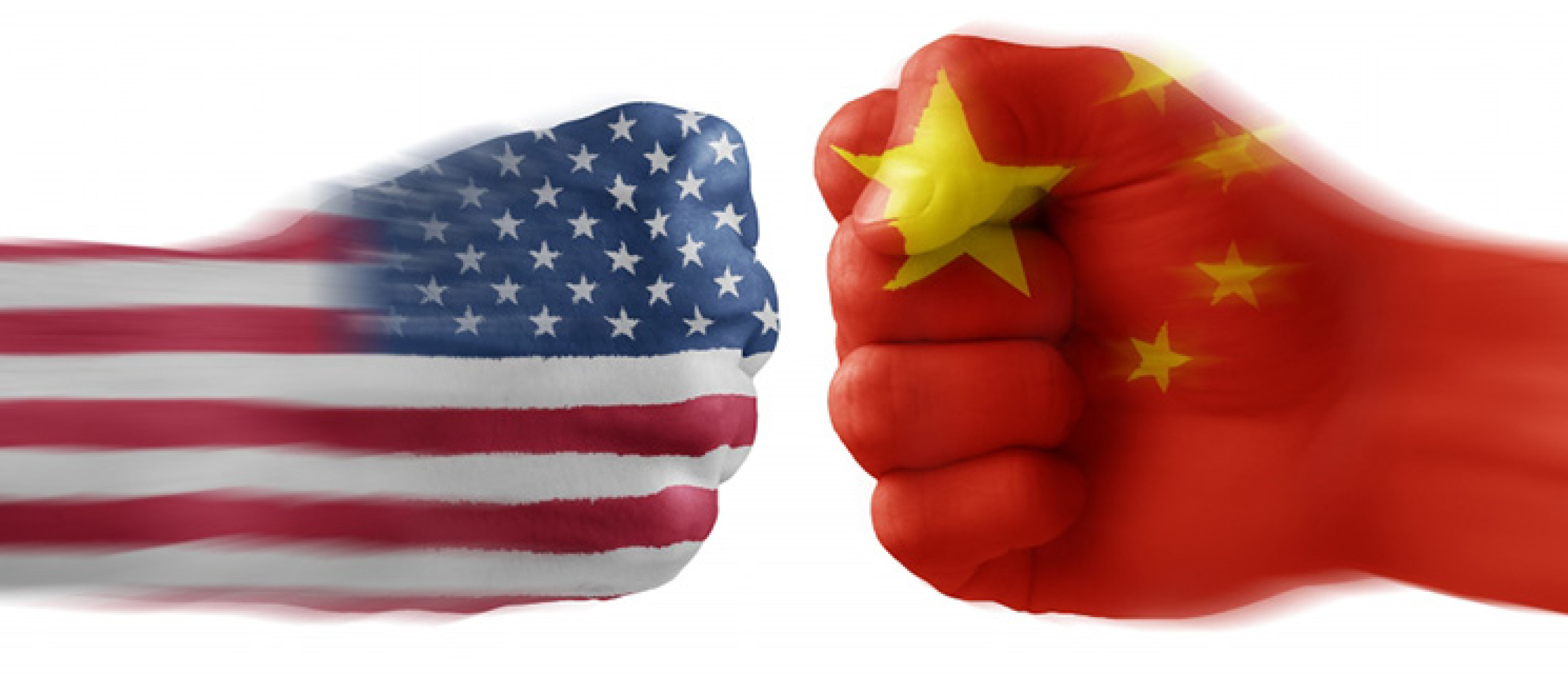

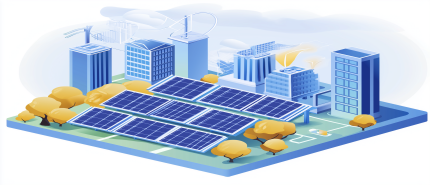
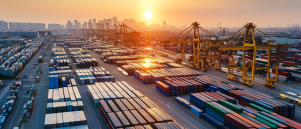
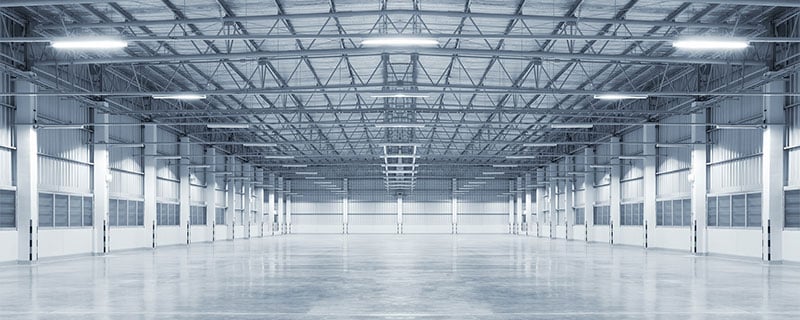
Raghava
on 22 Jul 2016